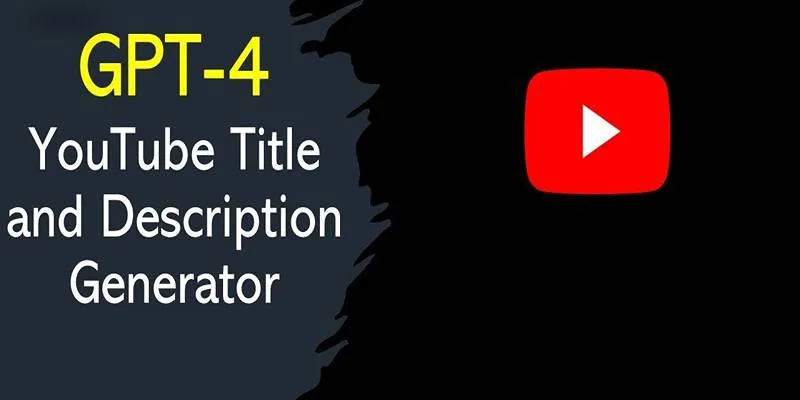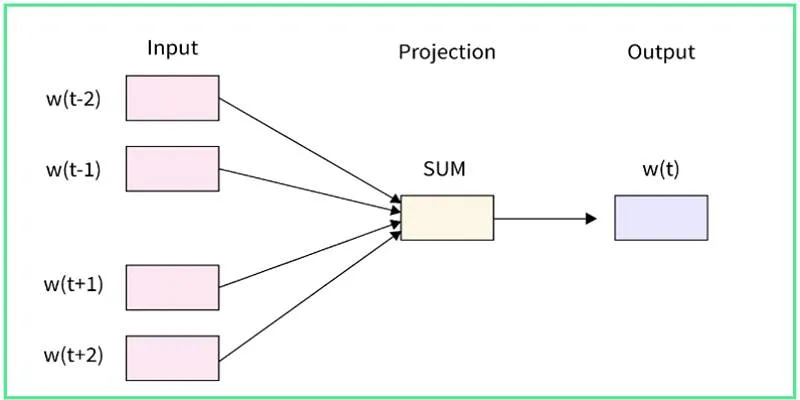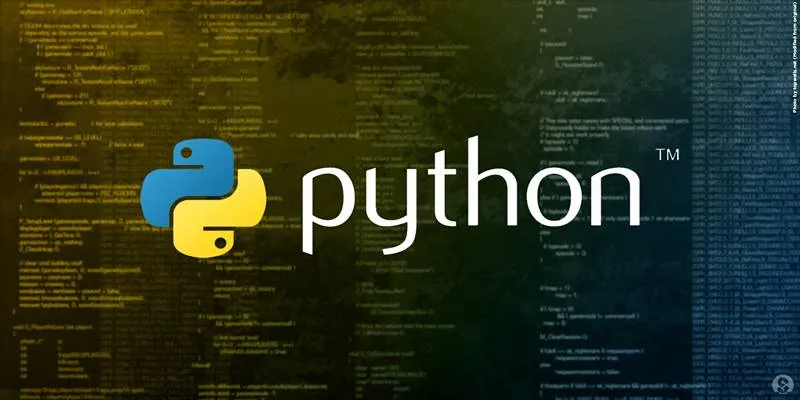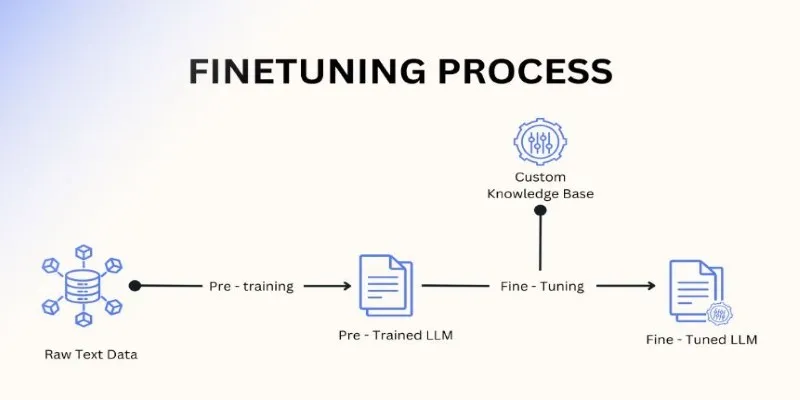Artificial intelligence is rapidly transforming everyday tasks, from writing emails to developing code. One intriguing application gaining traction is personal finance management. While there are dedicated budgeting apps available, many are now experimenting with ChatGPT as a personalized budgeting assistant.
A recent experiment evaluated how effectively ChatGPT could create a functional month-by-month budget. The goal was not just to draft a simple template but to challenge the AI to act as a comprehensive budgeting system—capable of tracking income, expenses, and savings, while adapting to varying financial scenarios. The findings highlighted both the strengths and limitations of this AI tool in money management.
Creating a Basic Budget Template
The process began by prompting ChatGPT to generate a simple budget table. The AI responded with a clean layout, featuring standard income and expense categories, along with total calculations and a balance row.
A subsequent prompt adjusted the table to use USD as the currency. This initial setup looked like a basic template one might manually construct in a spreadsheet. However, it lacked the dynamic functionality expected from a smart tool. The AI succeeded in providing structure, but the real test was its ability to evolve the design into an interactive budgeting system.
Refining the Budget: Enhancing AI Functionality

To make the output more practical, several enhancements were requested. The two-column format (planned vs. actual) was replaced with a month-by-month breakdown. Additionally, a $1,000 starting balance for January was introduced to address the absence of an opening amount.
These revisions were achieved through precise prompts. ChatGPT successfully adapted the format to include monthly columns and used the opening balance to calculate subsequent figures based on sample income and expenses. The updated table resembled a traditional budget and served as a solid foundation for deeper analysis.
This phase highlighted ChatGPT’s adaptability. With carefully worded instructions, the AI adjusted the structure and applied user-defined logic with impressive accuracy.
Populating the Budget Automatically
To simulate a full budgeting cycle , ChatGPT was tasked with populating all twelve months using January as a reference. A 10% variation was introduced to mimic realistic fluctuations in income and expenses. Within seconds, a fully populated table was generated. The AI-created values for each month maintained consistent patterns while reflecting slight changes, making the data seem plausible.
This new dataset allowed for an investigation into spending habits, income patterns, and potential savings progress over time. AI had moved beyond simple layout development to mimicking financial activity.
Identifying Trends and Patterns
With all twelve months populated, the next step was data analysis. A prompt instructed ChatGPT to identify trends, such as rising expenses or inconsistent savings.
The AI provided a summary of observations. For instance, entertainment expenses tended to rise over time, while utility bills remained stable. Although the data’s simplicity limited the patterns detected, this demonstrated AI’s analytical power. Insights were generated from natural language queries, distinguishing ChatGPT from static spreadsheets and showcasing its potential as an advanced financial tool.
Data Visualization Through Prompts
To further explore capabilities, a prompt requested a graph of spending trends over the year. ChatGPT described the graph’s appearance and offered instructions for creating one in Excel or Google Sheets.
Though ChatGPT can’t produce visuals directly in chat, it can generate code (such as Python scripts) or provide detailed manual chart creation steps. For those with minimal technical skills, these instructions offer an accessible way to create visuals, proving useful not only for budgeting but for anyone seeking data visualization.
Creating a Savings Plan

The next task was designing a savings plan. ChatGPT was asked how to achieve a specific annual savings goal based on the existing budget.
The response included a clear savings breakdown by month, a strategy to gradually increase savings contributions, and suggestions like setting automatic transfers or reducing discretionary expenses.
Alongside the numeric breakdown, a separate summary table was provided, simplifying the information for easy comprehension. ChatGPT went beyond basic numbers, offering goal-setting advice and money management tips—features typically found in personal finance apps or from financial advisors.
Scenario-Based Budget Testing
To test flexibility, ChatGPT was presented with a “what-if” scenario—how the budget would be impacted by a 15% income drop and increased housing costs.
Initially, the AI provided a basic overview and a new budget table, but essential information, such as opening and closing balances, was missing. However, once the prompt was refined with clearer instructions, ChatGPT amended the table to present a detailed view of the scenario’s impact on the overall budget.
This highlighted a common limitation: ambiguous instructions often yield ambiguous results. While ChatGPT can accurately simulate changes in financial conditions, it relies heavily on user input to produce usable output.
Conclusion
Building a custom budget with ChatGPT proved both enlightening and practical. From generating templates and simulating real-life scenarios to identifying trends and offering savings strategies, the AI handled numerous tasks effectively.
Its natural language interaction makes budgeting more accessible, especially for those who find traditional spreadsheets daunting. However, its limitations suggest that it currently functions best as an auxiliary tool—an intelligent assistant rather than a complete replacement for dedicated apps or financial professionals.
 zfn9
zfn9






















